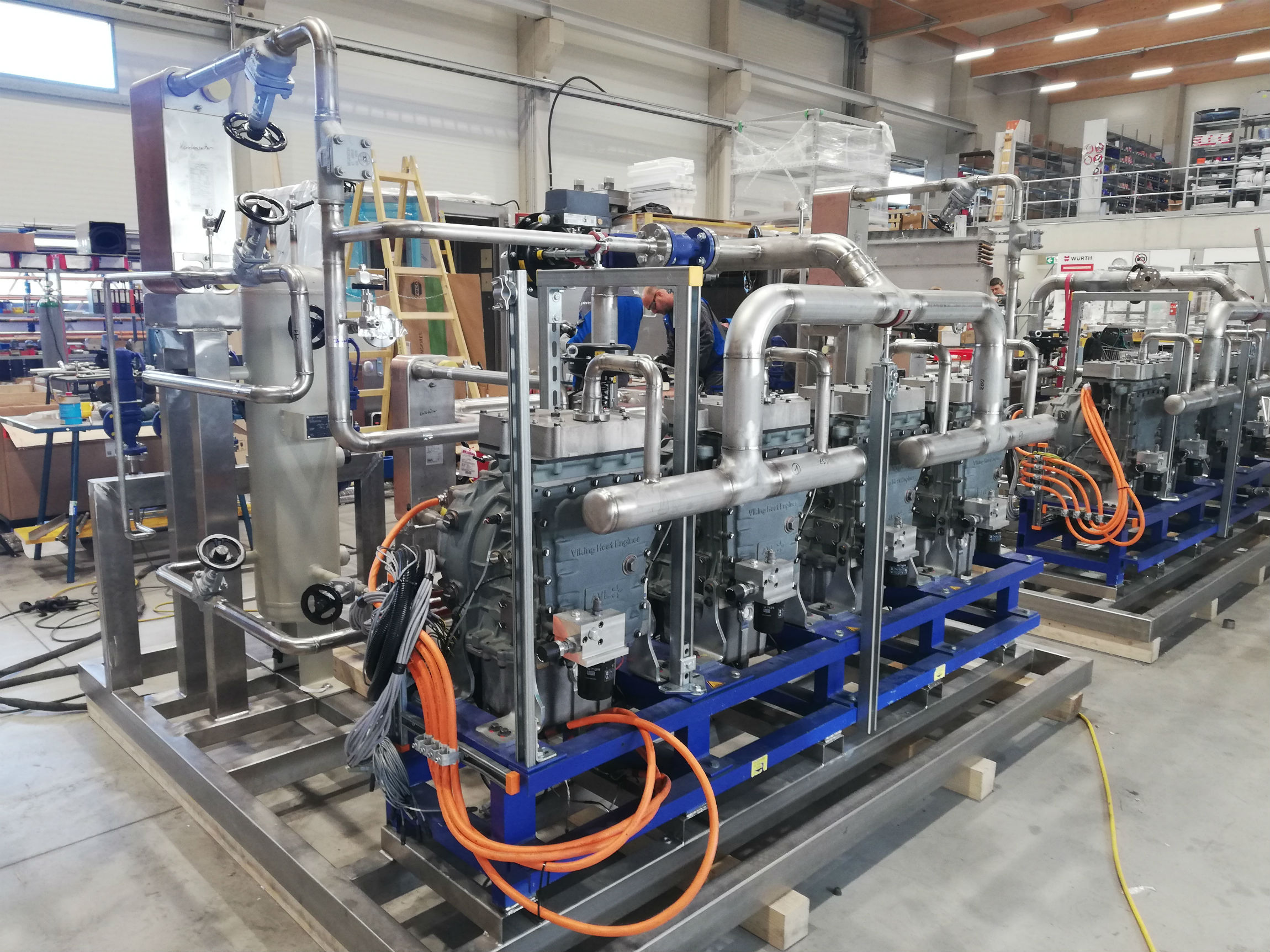The EU-funded "DryFiciency" project tackles energy costs in industrial drying in a wide range of energy-intensive industry sectors. Its novel high-temperature industrial heat pump technologies will save up to 80% of energy in drying processes and reduce CO2 emissions by up to 75%.

Vienna, Austria, November 13, 2019 --(PR.com)-- The game-changing project "DryFiciency," funded by EU’s Horizon 2020 Innovative Action program, is tackling energy costs, dependency on fossil fuel and industrial CO2 emissions by turning excess heat into usable energy. Today, the majority of the energy used in drying processes ends up in factory chimneys unrecovered and adds to the rise in CO2 emissions affecting climate change. The DryFiciency project has set out to tackle this problem by developing two heat pump technology prototypes for industrial waste heat recovery. When available, these heat pump technologies can be installed by a wide range of industries at both newly constructed and existing plants.
Reducing emissions and costs
EU leaders are pushing for an update in the Climate Action Strategy to meet the Paris Agreement Implementation as EU Member States are urged to become more energy efficient and reduce their CO2 emissions to slow climate change. The DryFiciency project supports EU’s goals by helping industries improve their energy efficiency by up to 80%, reduce production costs by up to 20% and CO2 emissions by up to 75%. For end consumers, this translates into a much lower "ecological footprint" on the products they purchase.
Novel heat pump technologies
DryFiciency will be demonstrating two applications of high-temperature industrial heat pumps (IHP) technologies to tackle both emissions and cost inefficiencies in industrial drying processes. The first application is a novel closed-loop heat pump system for air-drying at high temperatures of up to 160°C to be installed at Agrana Starch GmbH, Austria, for starch drying, and Wienerberger AG, Austria, for drying bricks, in 2019. The second application is an existing open-loop heat pump system for steam drying, which was enhanced to become more cost-efficient and lubricant-free by deploying a multi-stage compression system with heat supply temperatures of up to 150°C. Sander Geelen of “Geelen Counterflow,” one of the industry stakeholders of DryFiciency, states, “Heat pump technology is very much capable of replacing gas burners in many types of applications. The biggest contribution of research institutions for their market acceptance is to keep searching for ways to drive down the cost of components of heat pumps or heat pumps themselves.”
Industry ready to hit the EU Climate Action Strategy
The €6.5 million funded DryFiciency consortium consists of 12 partners from research institutions and industry and is coordinated by the Austrian Institute of Technology GmbH (AIT). The project was kicked off in September 2016 and will run for four years. “The technology we are developing is designed to be totally transferrable to numerous sectors of energy-intensive industries, such as pulp and paper, the food and beverage processing sector, textile and chemical industries,” says Veronika Wilk, coordinator of the DryFiciency project and researcher at the Austrian Institute of Technology (AIT). “Our anticipated Technology Readiness Level (TRL) will reach 7 of 9 points on the TRL scale. We are now ready to demonstrate the heat pump technology in the 160°C range on an operational level. The demonstration sites will start operation in Spring 2019.”